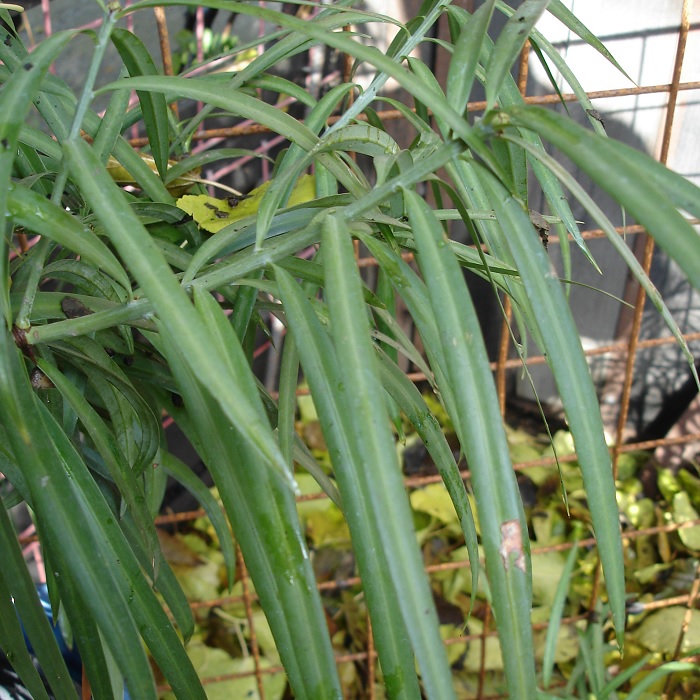UNITED STATES—It is no surprise that there are many different types of physicians within the medical industries. Pediatricians, surgeons, cardiologists, dermatologists, and all sorts of ‘doctors’ are all recognized for their particular medical specialty. Yet, almost all horticultural professionals are known simply as gardeners or landscapers, even though many never work directly in gardens or landscapes.
Production nurserymen grow horticultural commodities (plants). Other nurserymen maintain these commodities while they are marketed. Landscape designers develop the landscapes that many plants inhabit. Only after the involvement of various less familiar horticultural professionals, landscapers install the landscapes, and gardeners maintain them. Somehow, they get too much credit.
Arborists really deserve more credit. They are the physicians of trees, who specialize in arboriculture, which is the horticulture of trees. Much of their work is out of reach to gardeners, and is very distinct from the sort of work that gardeners should be expected to perform. Trees are the most substantial features of a landscape, so really should get the proper attention that they deserve.
The International Society of Arboriculture, or ISA, certifies professional arborists who have passed an examination of their arboricultural expertise, and continue to demonstrate proficiency with discriminating arboricultural standards. Continued involvement with ISA classes, educational seminars and workshops is required to maintain arborist certification. It demands serious dedication.
Besides assessing the health, stability and structural integrity of trees, ISA certified arborists are the most qualified to prescribe any necessary arboricultural procedures, and to direct those who perform these necessary procedures. Most local municipalities require a report from an ISA certified arborist to accompany an application for a permit to remove any protected ‘heritage’ tree.
The website of the ISA, at www.isa-arbor.com, is an excellent resource for finding certified arborists, and the tree service businesses with which they are affiliated. Arborists can be found by name directly, or regionally by ZIP code or city. The website is also a great resource for information about proper arboriculture and trees, and can help those who are not arborists with selection of trees.
Highlight: long leafed yellowwood
Of the various specie of podocarpus, and as the name implies, the long leafed yellowwood, Podocarpus henkelii, has the longest leaves. They can get about six inches long, and hang elegantly from upwardly curving branches. This glossy evergreen foliage can be quite dense. It is dark green in full sun, and can be a slightly bluish in partial shade, particularly as new growth develops.
Mature trees have the potential to get a bit taller than second story eaves, and nearly as broad, but are typically kept shorter. Most grow as big fluffy shrubbery or as informal hedges. Long leafed yellowwood can be pruned (but not shorn) into a handsome formal hedge, or even espaliered against a fence. It prefers somewhat regular watering and well drained soil. It might be unhappy in dense soil. Fertilizer can improve color and density if foliage gets distressed.






